Environment
-
A Widely Available Organic Material Could Give Batteries a Boost for Storing Renewable Energy
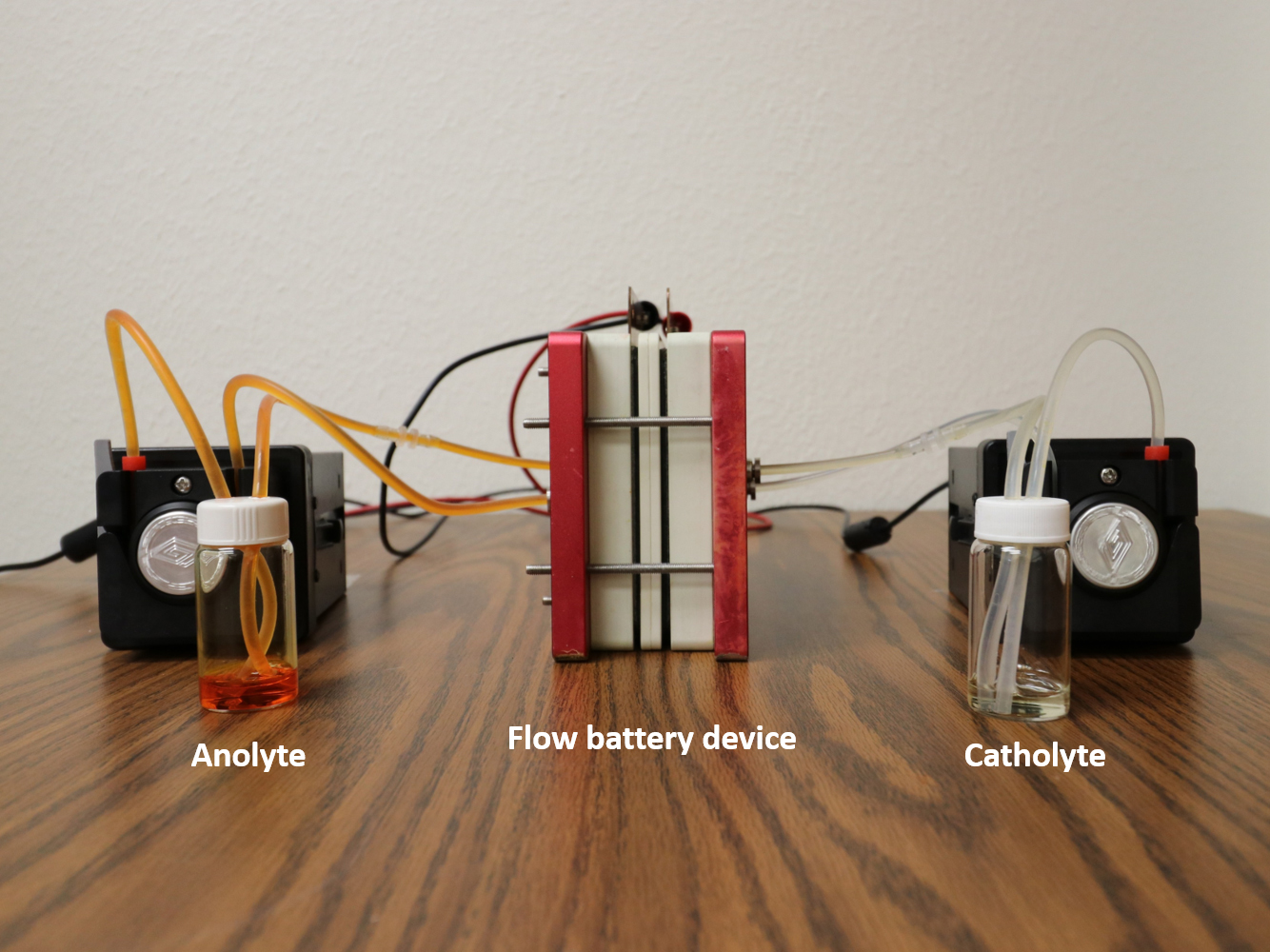
An abundant, organic material found in industrial dyes could be the key to advancing a type of battery with promise for storing and deploying large quantities of renewable energy. New research from The University of Texas at Austin’s Cockrell School of Engineering introduces new materials using azobenzene to open the door for “high-capacity, long-life non-aqueous flow batteries.”
-
Why Where You Live Can Impact Lung Health
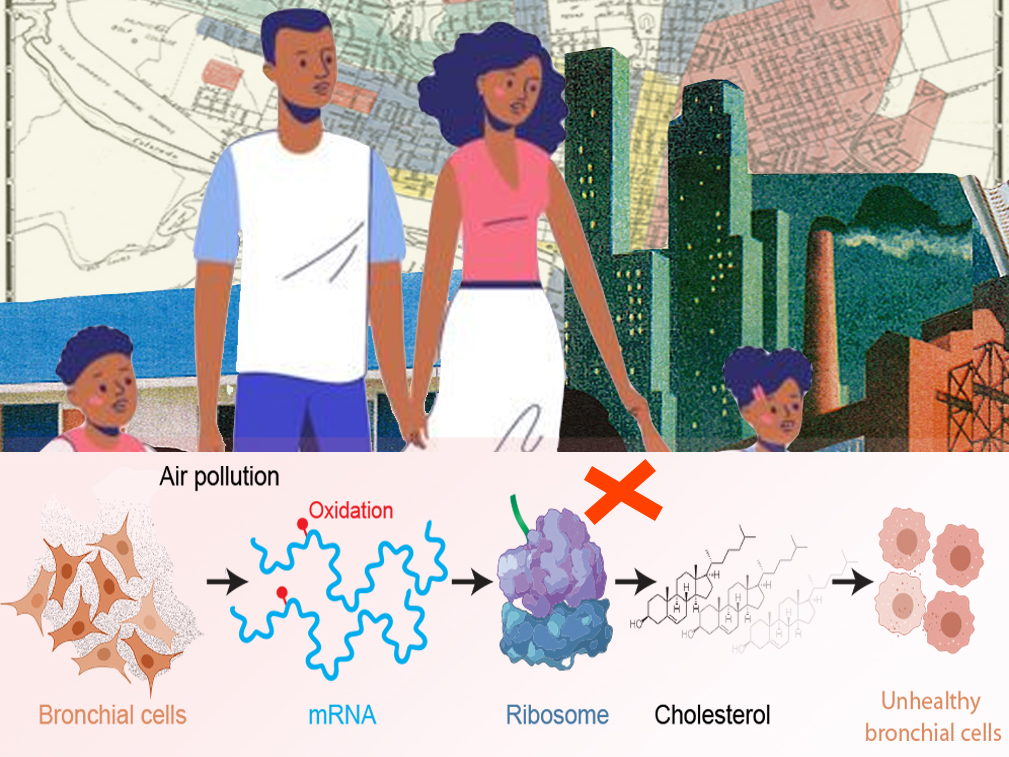
It's well known that poor air quality can lead to health problems. But research from the Cockrell School of Engineering at The University of Texas at Austin uncovers new information about how air quality issues can affect important processes in the body and details how people who live in polluted areas could be at greater risk for lung disease and other illnesses.
-
Listening to Seagrass

Seagrasses are some of the earth’s most productive habitats producing a significant fraction of oxygen to the atmosphere. The exact amount of oxygen is unknown because present day techniques lack the sophistication to measure oxygen. A new interdisciplinary endeavor at The University of Texas at Austin that includes mechanical engineering professor Preston Wilson hopes to refine the important oxygen contribution seagrass meadows have by listening rather than looking.
-
Beetle That Can Survive in Volcanic Areas Inspires New Cooling Materials

A type of beetle capable of regulating its body temperature in some of the hottest places on Earth is the centerpiece of new research with major potential implications for cooling everything from buildings to electronic devices in an environmentally friendly manner.
-
Sensor Network Could Change How Methane Emissions Are Detected
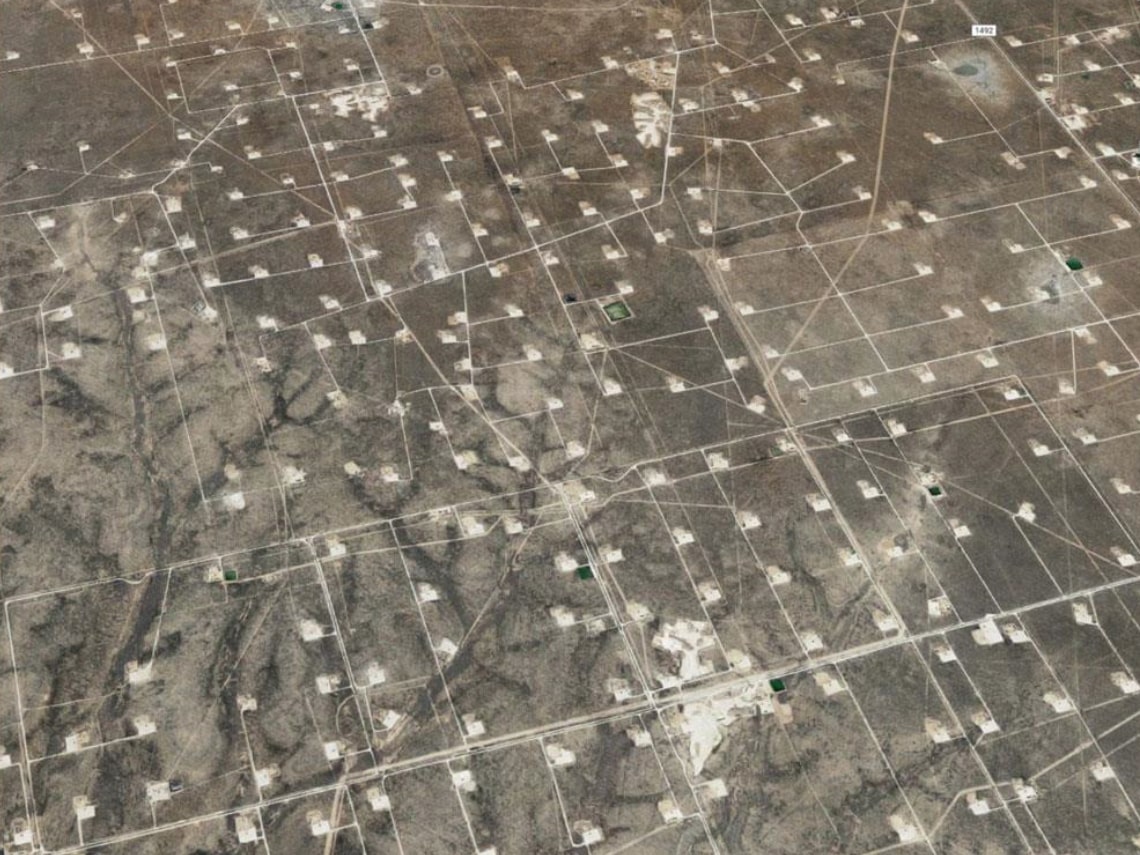
A first-of-its-kind network of sensors for monitoring emissions across an oil and gas production region may soon revolutionize the way methane leaks are found. The United States has become the world’s largest producer of natural gas and a major exporter. However, methane, the main constituent of natural gas, has a role as a greenhouse gas in climate warming. A new partnership led by researchers at The University of Texas at Austin and bringing together Environmental Defense Fund, ExxonMobil, Gas Technology Institute (GTI) and Pioneer Natural Resources Company, aims to demonstrate a novel approach to measuring methane emissions from oil and gas production sites, using advanced technologies to help minimize releases into the atmosphere.
-
Real Health in Real Time
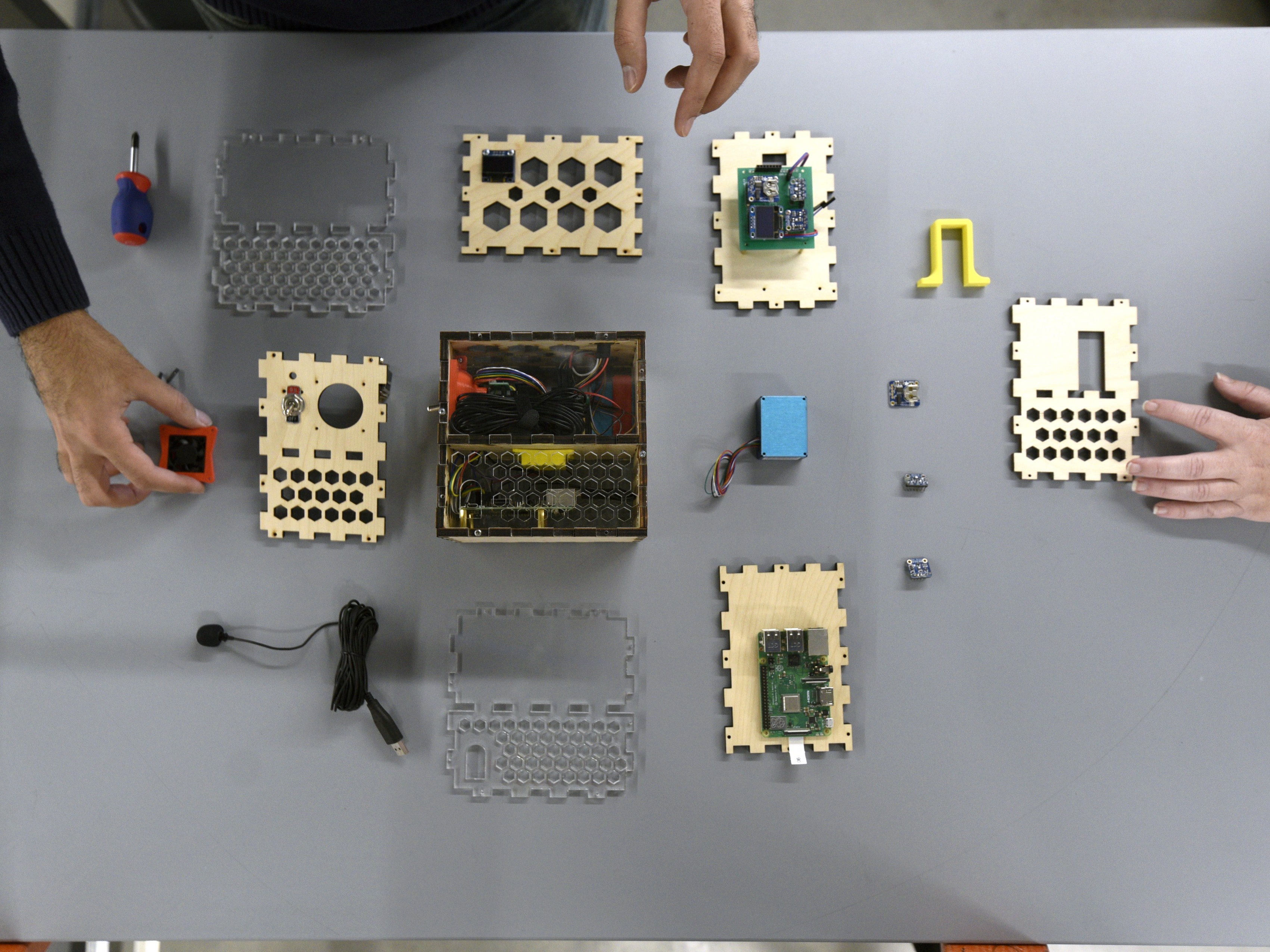
In January, Margarita García stood over a hot griddle, roasting cocoa beans to make a fine chocolate. Outside, the Oaxacan air was cold. But inside, the comales where the beans were cooking warmed the tiny brick-and-mortar room that houses the Lanní chocolate factory.
-
Powering the Future with Revolutionary Lithium Extraction Technique

An international research team that includes Benny Freeman, professor in the Cockrell School’s McKetta Department of Chemical Engineering, has pioneered a new filtration technique that could dramatically reduce the amount of time it takes to extract lithium from the earth, taking the process from months and years to hours. This could improve the supply of lithium, which is essential for enabling electric vehicles and for the integration of renewable energy sources.
-
Protein Pores Packed in Polymers Make Super-Efficient Filtration Membranes
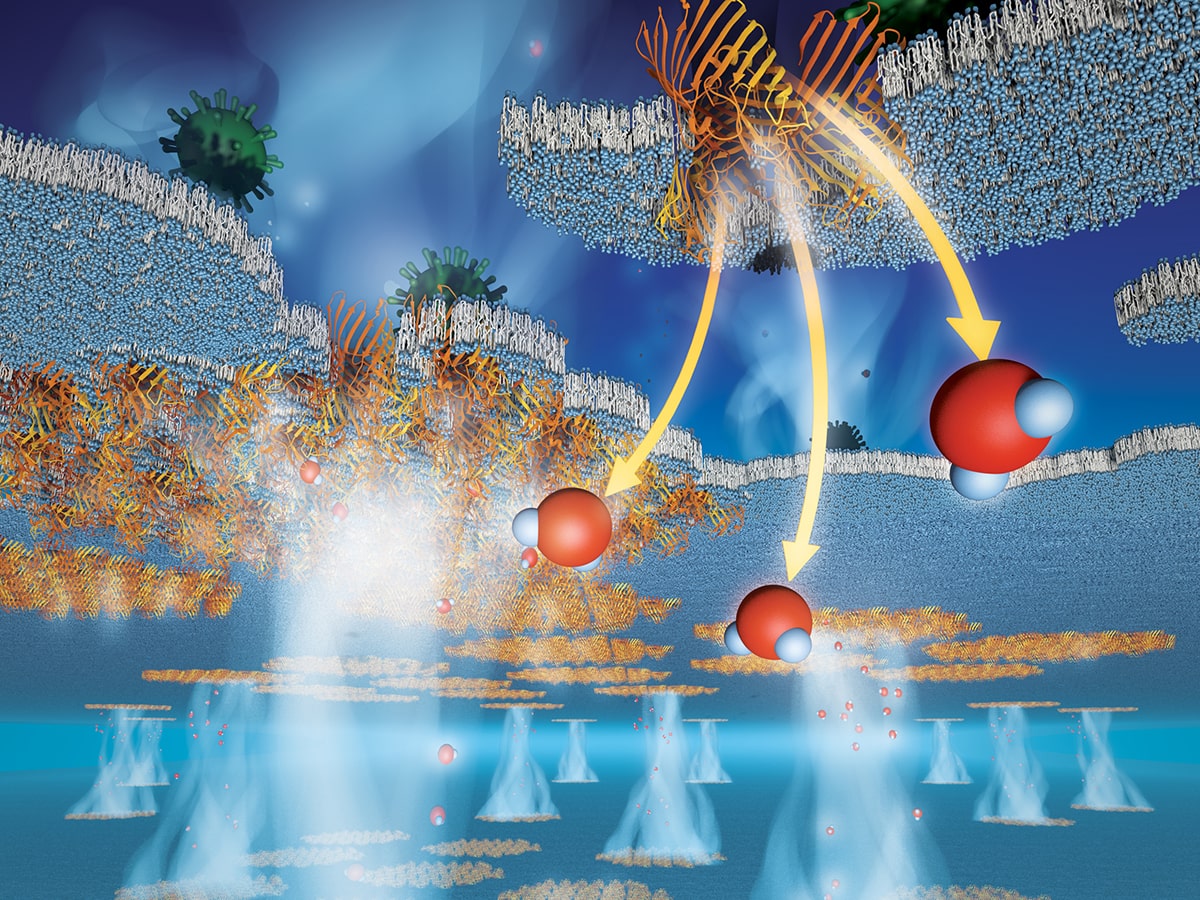
A multidisciplinary team of engineers and scientists has developed a new class of filtration membranes for a variety of applications, from water purification to small-molecule separations to contaminant-removal processes, that are faster to produce and higher performing than current technology. This could reduce energy consumption, operational costs and production time in industrial separations.
-
Oil and Gas Boom, Industrial Growth Could Mean Significant New Climate Emissions, Study Finds

New research from The University of Texas at Austin finds industrial buildout in oil, gas and petrochemical sectors in the U.S. Gulf Coast and Southwest regions could generate more than half a billion tons of additional greenhouse gas emissions per year by 2030. That figure is equivalent to 8% of total current annual U.S. emissions. These emissions are driven by the regions’ oil and gas boom, and a substantial fraction comes from large industrial facilities such as new petrochemical plants, liquefied natural gas export terminals and refineries. The vast majority of these emissions will come from Texas and Louisiana.
-
How We Transport Water in Our Bodies Inspires New Water Filtration Method

A multidisciplinary group of engineers and scientists has discovered a new method for water filtration that could have implications for a variety of technologies, such as desalination plants, breathable and protective fabrics, and carbon capture in gas separations. The research team, led by Manish Kumar in the Cockrell School of Engineering at The University of Texas at Austin, published their findings in the latest issue of Nature Nanotechnology.
-
Student-Designed, Community-Focused

The term “humanitarian engineering” is relatively new, first gaining popularity in 2002 when civil engineer Bernard Amadei founded the engineering organization Engineers Without Borders. Now, humanitarian engineering is an integral part of the engineering landscape, appearing in the course curriculum and program offerings at many universities nationwide.
-
Drilling for Clean Energy: New Initiative Positions Texas as Geothermal Energy Leader
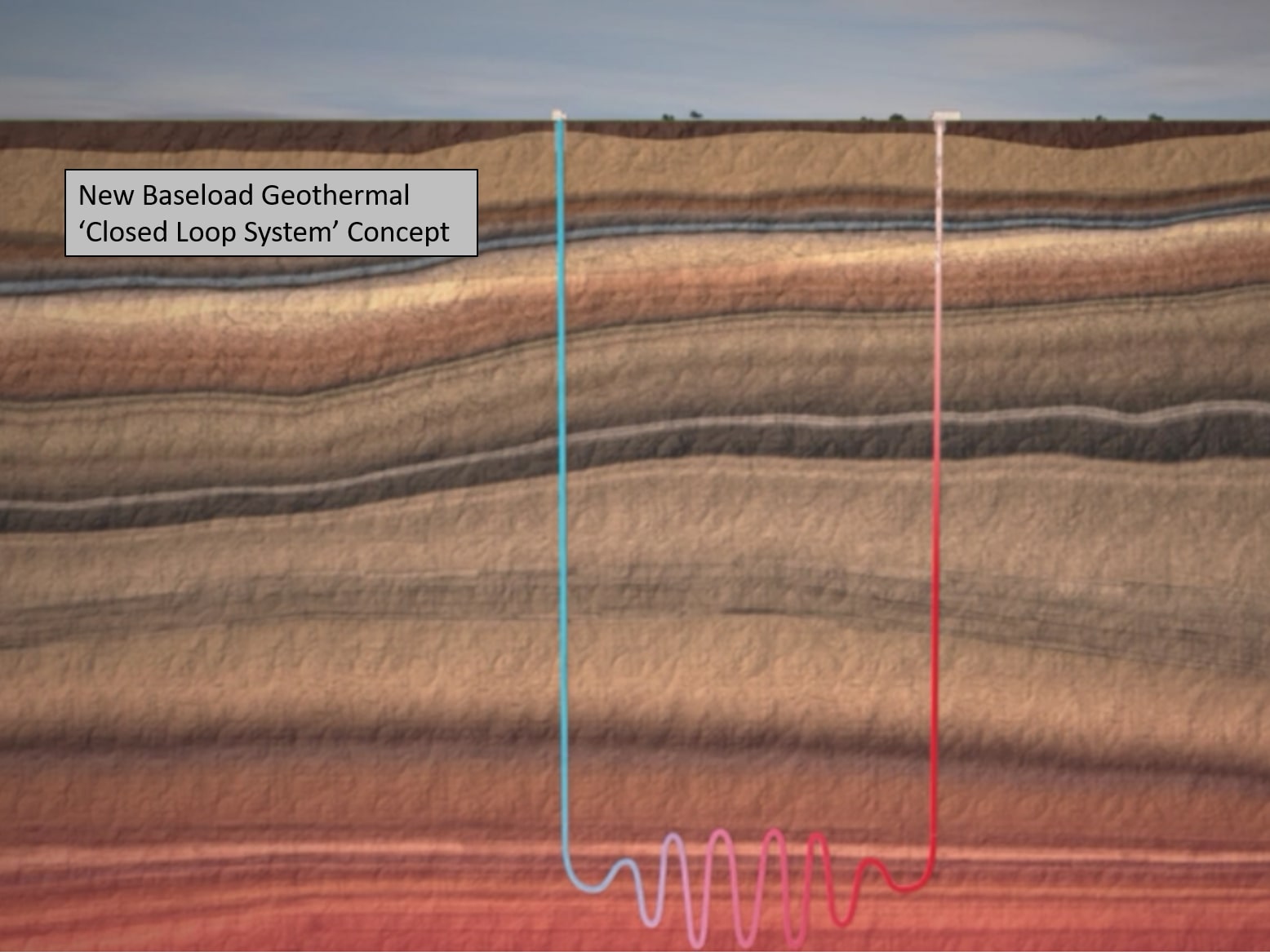
With a $1 million grant from the U.S. Department of Energy, the Cockrell School of Engineering is launching a unique initiative that aims to make The University of Texas at Austin a national hub for geothermal energy expertise and startups. The new Geothermal Entrepreneurship Organization (GEO) will bring together engineers, researchers and entrepreneurs to develop technologies and launch companies to help advance the geothermal energy industry.
-
Minimizing Your Mark — UT Alumnus Leads Change to Decrease Carbon Footprint

Dakota Stormer was camping with his family in Galveston, Texas, in the summer of 2001 when Tropical Storm Allison made landfall. It was on that trip, at the ripe age of seven, that Stormer decided he wanted to become a meteorologist. With a last name like “Stormer,” the career choice could not have been more perfect. It wasn’t until Stormer was in high school and discovered his natural aptitude for math that he pivoted his career trajectory from meteorologist to engineer.
-
A Rose Inspires Smart Way to Collect and Purify Water
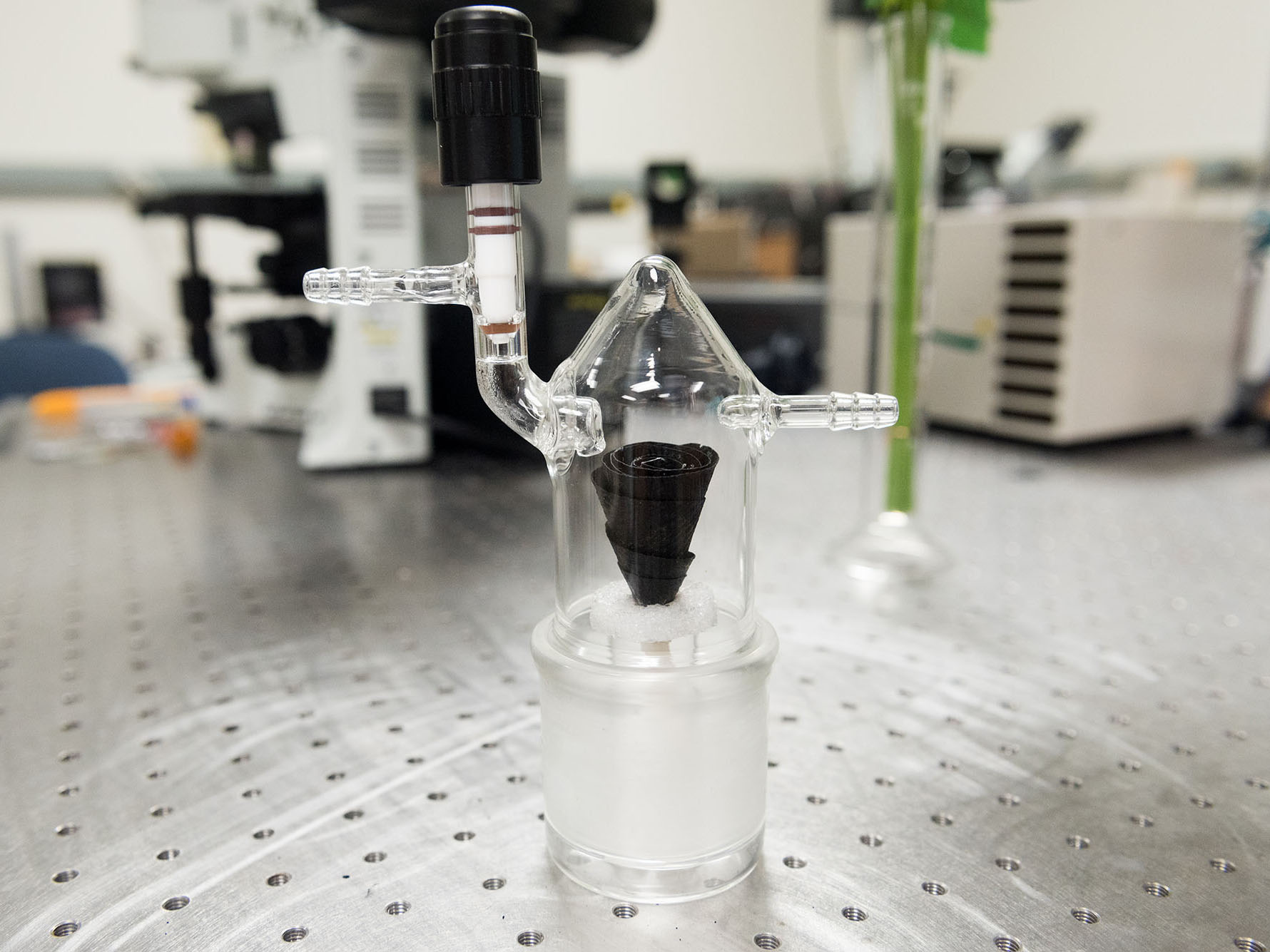
The rose may be one of the most iconic symbols of the fragility of love in popular culture, but now the flower could hold more than just symbolic value. A new device for collecting and purifying water, developed at The University of Texas at Austin, was inspired by a rose and, while more engineered than enchanted, is a dramatic improvement on current methods. Each flower-like structure costs less than 2 cents and can produce more than half a gallon of water per hour per square meter.
-
Space Sustainability Rating Aims to Address Growing Amount of Space Debris Orbiting Earth

The World Economic Forum has announced the introduction of a Space Sustainability Rating (SSR) system to help tackle the problem of space traffic and congestion in the Earth’s orbit. The program will be led by a global team of experts in the field, including the Cockrell School of Engineering’s Moriba Jah, an associate professor in the Department of Aerospace Engineering and Engineering Mechanics.
-
GRACE Mission Data Contributes to Our Understanding of Climate Change

The University of Texas at Austin team that led a twin satellite system launched in 2002 to take detailed measurements of the Earth, called the Gravity Recovery and Climate Experiment (GRACE), reports in the most recent issue of the journal Nature Climate Change on the contributions that their nearly two decades of data have made to our understanding of global climate patterns.
-
Roadmap to a Safer Society: 2019 Regional Meeting Brings NAE to Austin to Discuss Disaster Analytics
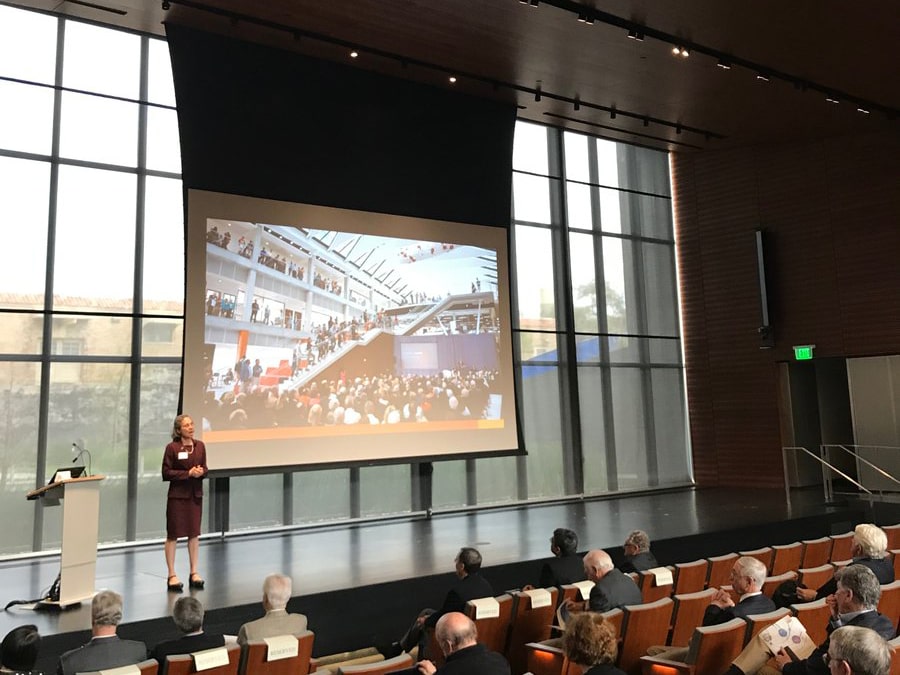
Members of the National Academy of Engineering (NAE) met at The University of Texas at Austin on March 7, 2019, to examine the growing role of data analytics in natural disasters and determine how the proper application of data could be used to develop better strategies for disaster preparation and response.
-
Solar-Powered Moisture Harvester Collects and Cleans Water from Air
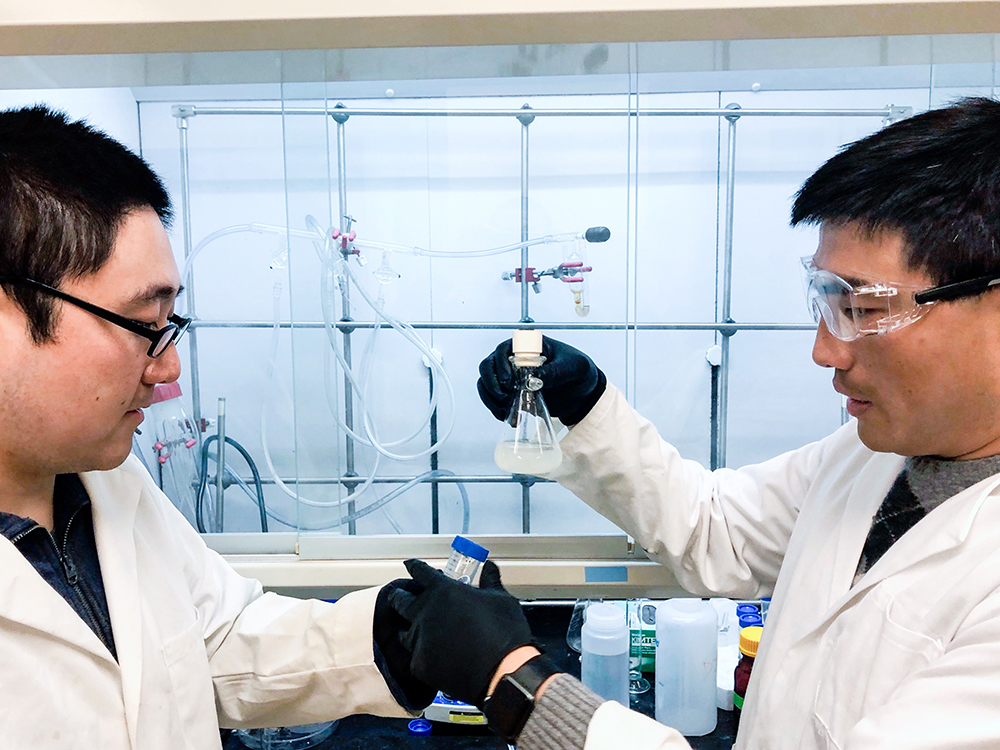
Access to clean water remains one of the biggest challenges facing humankind. A breakthrough by engineers at The University of Texas at Austin may offer a new solution through solar-powered technology that absorbs moisture from the air and returns it as clean, usable water.
-
Study: Black and Hispanic Americans Bear a Disproportionate Burden from Air Pollution

Poor air quality is the largest environmental health risk in the United States. Fine particulate matter pollution is responsible for more than 100,000 deaths each year from heart attacks, strokes, lung cancer and other diseases. But not everyone is equally exposed to poor air quality, nor are all people equally responsible for generating it.
-
Better Water Purification Methods Are Aim of New Research Center
With rising demand and dwindling supply, water is perhaps Earth’s most critical natural resource. One way to get more of it is to find more creative approaches — and new materials — to use and reuse existing water and improve upon existing water purification methods. That is the focus of the Center for Materials for Water and Energy SysTems (M-WET), a new multi-university research center headquartered in The University of Texas at Austin’s Cockrell School of Engineering, uniting researchers from UT; the University of California, Santa Barbara; and Lawrence Berkeley National Laboratory.







